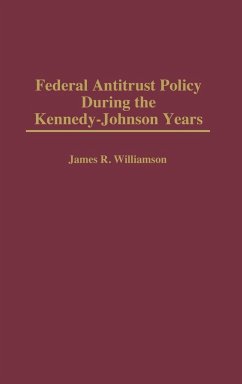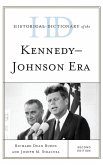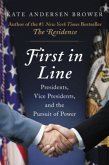By 1968, 200 corporations held over 60 percent of the nation's manufacturing assets and total annual profits. This book is a comprehensive study of the enormous concentration of economic power resulting from the Third Great Merger Movement, during which over 9,400 firms disappeared through merger, increasing from 954 in 1961 to 2,442 in the peak year of 1968. This great merger wave took place during a period of prosperity marked by a rapidly expanding economy, easy money, and a bouyant stock market. The conglomerate firm was the most prominent feature of the Third Great Merger Movement.
Hinweis: Dieser Artikel kann nur an eine deutsche Lieferadresse ausgeliefert werden.
Hinweis: Dieser Artikel kann nur an eine deutsche Lieferadresse ausgeliefert werden.








